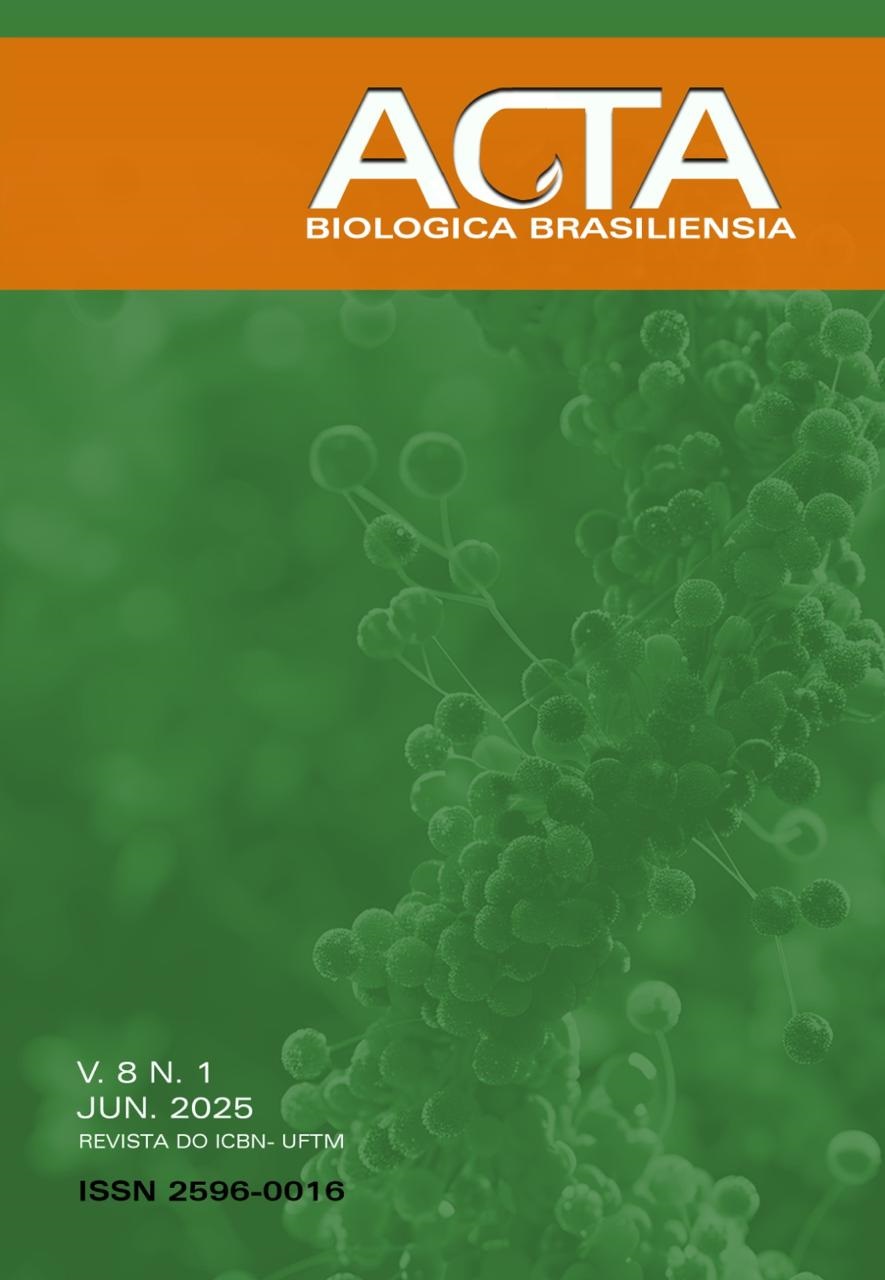IMPACTS OF AGING ON THE MALE REPRODUCTIVE SYSTEM: HORMONAL, METABOLIC AND REPRODUCTIVE CHANGES
DOI:
https://doi.org/10.18554/t0m6f474Palavras-chave:
reproduction, testicles, epididymis, elderly, agingResumo
Aging gradually affects the male genital system due to profound hormonal and metabolic changes. The reduction in the proportion of testicular blood vessels reduces the supply of oxygen and other nutrients to the organ's parenchyma, increasing inflammatory conditions and oxidative stress, which can significantly affect sperm viability and morphology. Aging has an impact on lipid and protein metabolism, which can compromise sperm structure and functionality. In addition, sperm can accumulate significant changes in their DNA, increasing the chance of mutations with consequent harmful consequences for their offspring, such as autism spectrum disorders, schizophrenia, and attention deficit disorders. Therefore, understanding the male aging process and its consequences for men's reproductive health is of utmost importance for the prevention and treatment of diseases related to the male genital tract.
Referências
1. Hill M, T?ískala Z, Honc? P, Krej?í M, Kajzar J, Bi?íková M, Ond?ejíkova L, Jandova D, Sterzl I. Aging, hormones and receptors. Physiological Research. 2020; 69(Suppl. 2): S255–S272. https://doi.org/10.33549/physiolres.934523.
2. Santiago J, Silva JV, Alves MG, Oliveira PF, Fardilha M, Salazar A. Testicular aging: an overview of ultrastructural, cellular and molecular alterations. 2018. https://doi.org/10.1093/gerona/gly082/4980823.
3. Stucker S, de Angelis J, Kusumbe AP. Heterogeneity and dynamics of vasculature in the endocrine system during aging and disease. Frontiers in Physiology. 2021; 12. https://doi.org/10.3389/fphys.2021.624928.
4. Frungieri MB, Calandra RS, Bartke A, Matzkin ME. Male and female gonadal aging: its impact on health span and life span. Mechanisms of Ageing and Development. 2021; 197. https://doi.org/10.1016/j.mad.2021.111519.
5. Aldahhan RA, Stanton PG. Heat stress response of somatic cells in the testis. Molecular and Cellular Endocrinology. 2021; 527. https://doi.org/10.1016/j.mce.2021.111216.
6. Golden A. From phenologs to silent suppressors: Identifying potential therapeutic targets for human disease. Molecular Reproduction and Development. 2017; 84(11): 1118–1132. https://doi.org/10.1002/mrd.22880.
7. Karvas RM, McInturf S, Zhou J, et al. Use of a human embryonic stem cell model to discover GABRP, WFDC2, VTCN1, and ACTC1 as markers of early first-trimester human trophoblast. Molecular Human Reproduction. 2020; 26(6): 425–440. https://doi.org/10.1093/mother/gaaa029.
8. Björndahl L. The usefulness and significance of assessing rapidly progressive spermatozoa. Asian Journal of Andrology. 2010; 12(1): 33–35. https://doi.org/10.1038/aja.2008.50.
9. Guerra-Carvalho B, Jarak I, Carvalho RA, et al. Metabolomics of human seminal fluid reveals aging-related increase in the amino acid content. Journal of Biological Regulators and Homeostatic Agents. 2024. https://doi.org/10.23812/j.biol.regul.homeost.agents.20243804.230.
10. Tarín JJ, García-Pérez MA, Hermenegildo C, Cano A. Changes in sex ratio from fertilization to birth in assisted-reproductive-treatment cycles. Reproductive Biology and Endocrinology. 2014; 12(1). https://doi.org/10.1186/1477-7827-12-56.
11. Matzkin ME, Riviere E, Rossi SP, et al. ?-adrenergic receptors in the up-regulation of COX2 expression and prostaglandin production in testicular macrophages: Possible relevance to male idiopathic infertility. Molecular and Cellular Endocrinology. 2019; 498. https://doi.org/10.1016/j.mce.2019.110545.
12. Bisegna C, Gravina GL, Pierconti F, et al. Regulation of PDE5 expression in normal prostate, benign prostatic hyperplasia, and adenocarcinoma. Andrology. 2020; 8(2): 427–433. https://doi.org/10.1111/andr.12695.
13. Aitken RJ. Male reproductive aging: a radical road to ruin. Human Reproduction. 2023; 38(10): 1861–1871. https://doi.org/10.1093/humrep/dead157.
14. Nguyen-Powanda P, Robaire B. Oxidative stress and reproductive function in the aging male. Biology. 2020; 9(9): 1–15. https://doi.org/10.3390/biology9090282.
15. Frungieri MB, Calandra RS, Bartke A, Matzkin ME. Aging and inflammation in the male reproductive tract. Andrologia. 2018; 50(11). https://doi.org/10.1111/and.13034.
16. Lustig L, Guazzone VA, Theas MS, et al. Pathomechanisms of autoimmune based testicular inflammation. Frontiers in Immunology. 2020; 11. https://doi.org/10.3389/fimmu.2020.583135.
17. Li Y, Zhou T, Su YF, et al. Prokineticin 2 overexpression induces spermatocyte apoptosis in varicocele in rats. Asian Journal of Andrology. 2020; 22(5): 500–506. https://doi.org/10.4103/aja.aja_109_19.
18. Wang JJ, Wang SX, Tehmina, et al. Age-related decline of male fertility: Mitochondrial dysfunction and the antioxidant interventions. Pharmaceuticals. 2022; 15(5). https://doi.org/10.3390/ph15050519.
19. Ulubay M, Ulu MB, Akdeniz E. The effect of aging on semen parameters in normozoospermic men: A cross-sectional study. International Journal of Reproductive BioMedicine. 2022; 20(11): 955–962. https://doi.org/10.18502/ijrm.v20i11.12363.
20. Dong S, Chen C, Zhang J, Gao Y, Zeng X, Zhang X. Testicular aging, male fertility, and beyond. Frontiers in Endocrinology. 2022; 13. https://doi.org/10.3389/fendo.2022.1012119.
21. Kaltsas A, Moustakli E, Zikopoulos A, et al. Impact of advanced paternal age on fertility and risks of genetic disorders in offspring. Genes. 2023; 14(2). https://doi.org/10.3390/genes14020486.
22. Gao J, Yuan R, Yang S, et al. Age-related changes in human conventional semen parameters and sperm chromatin structure assay-defined sperm DNA/chromatin integrity. Reproductive BioMedicine Online. 2021; 42(5): 973–982. https://doi.org/10.1016/j.rbmo.2021.02.006.







